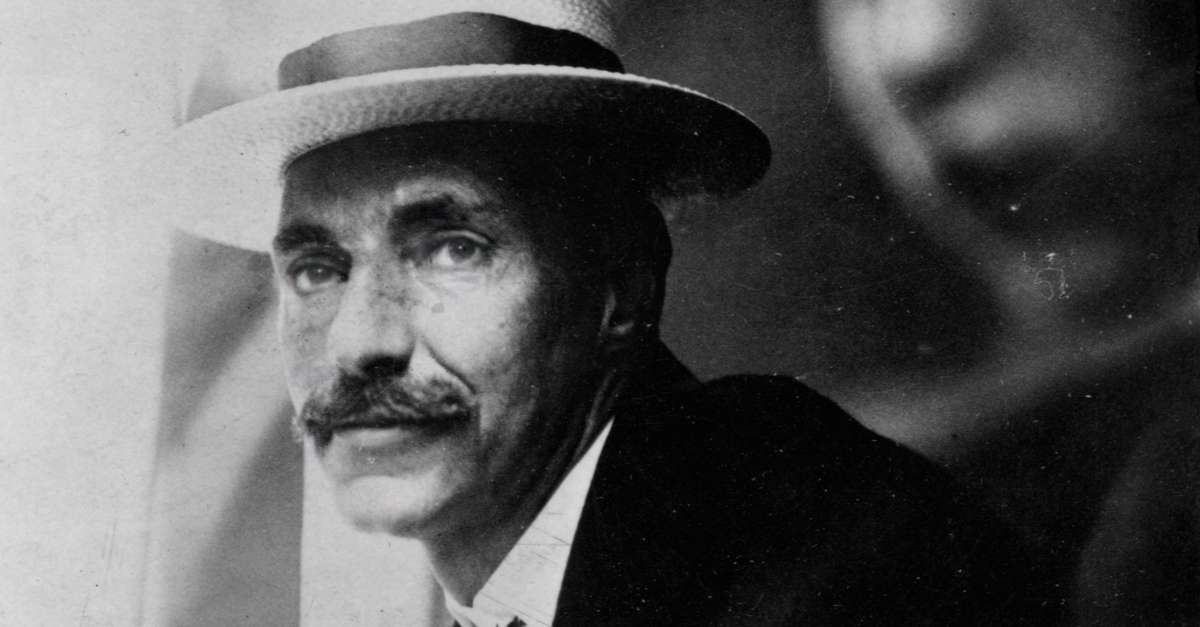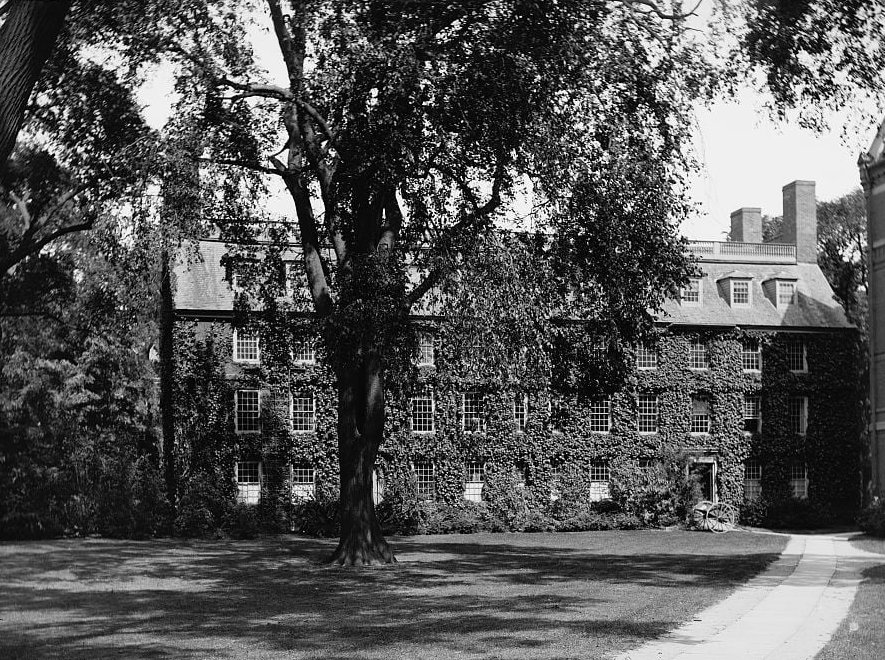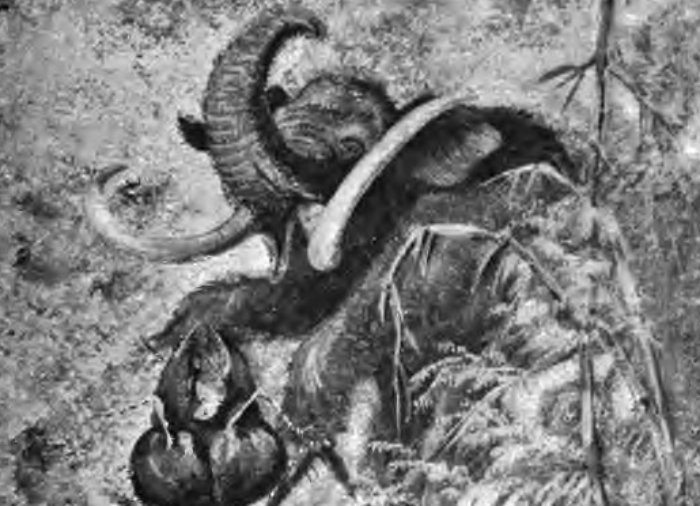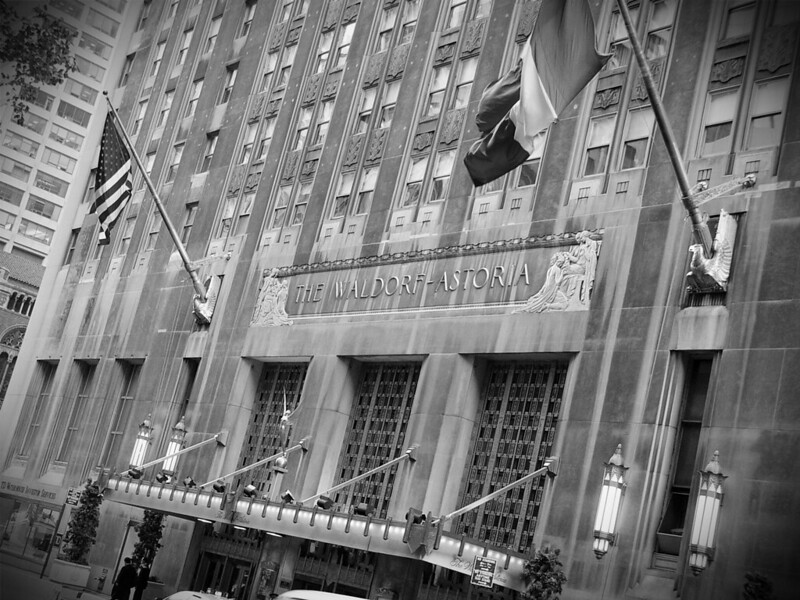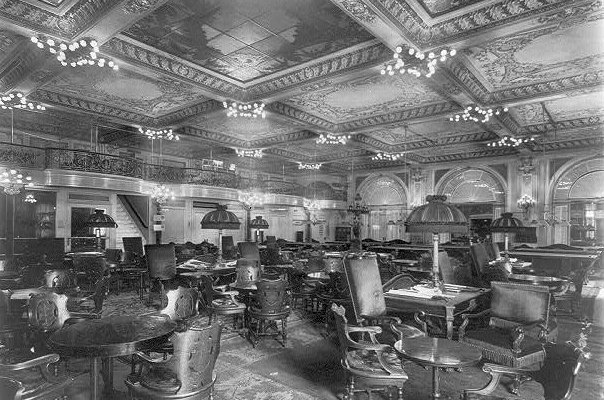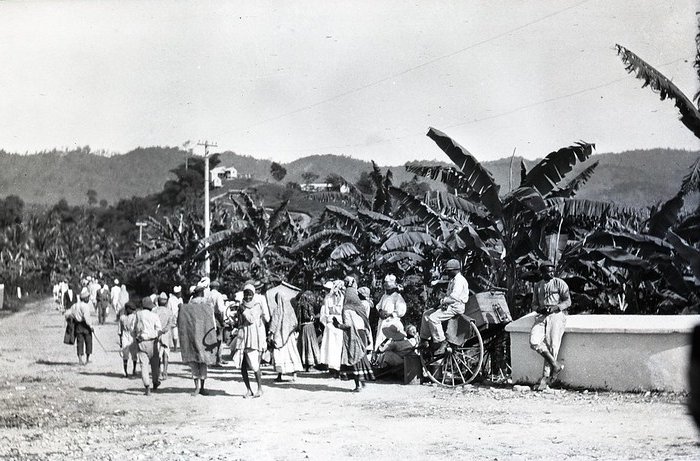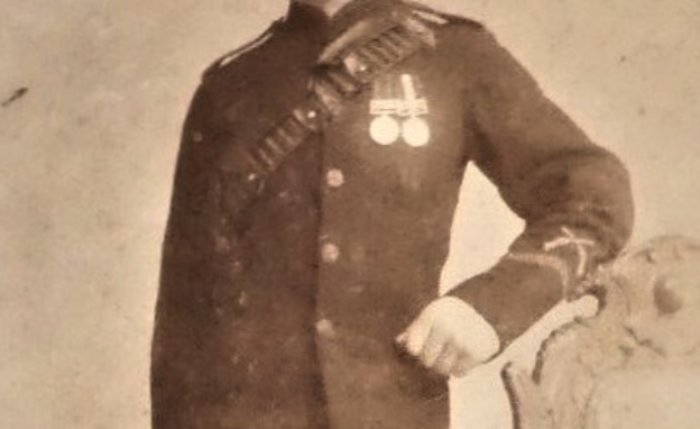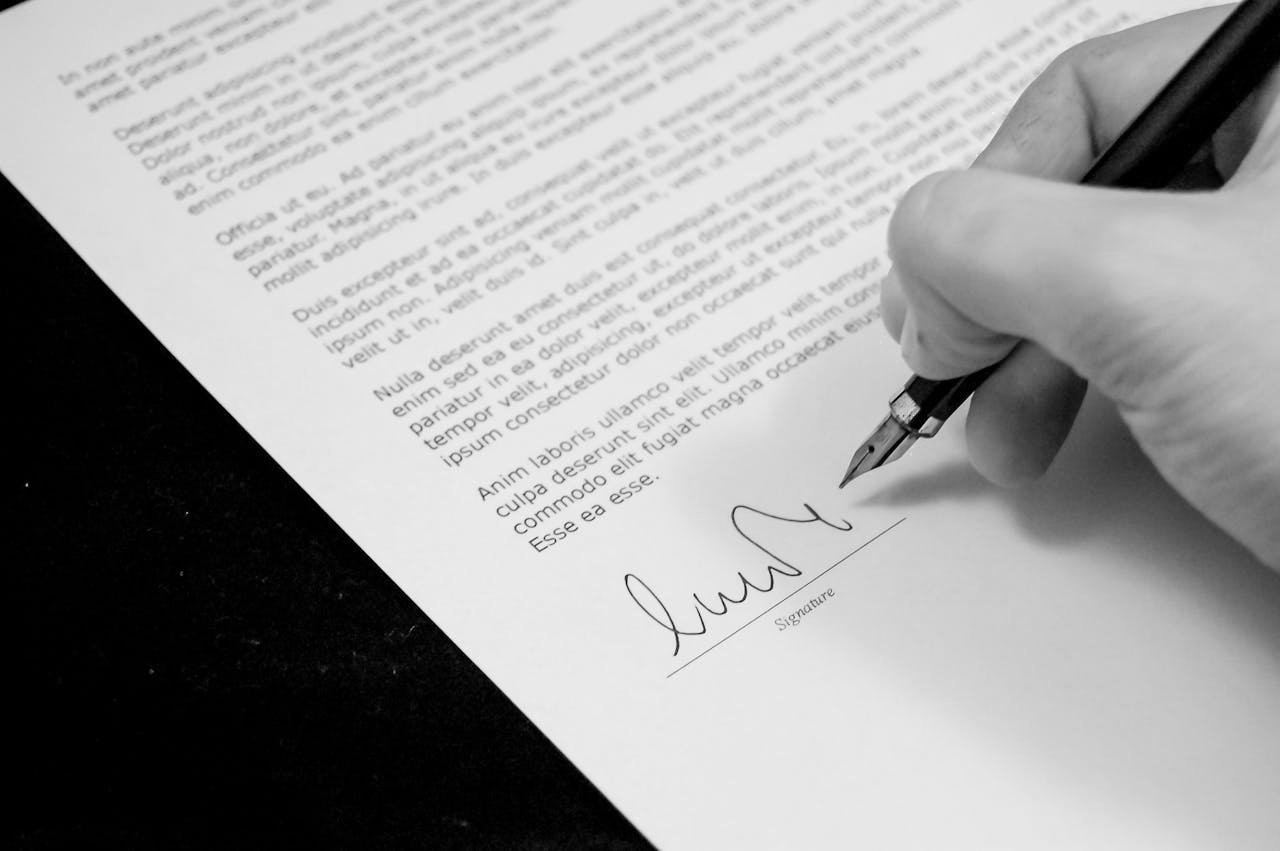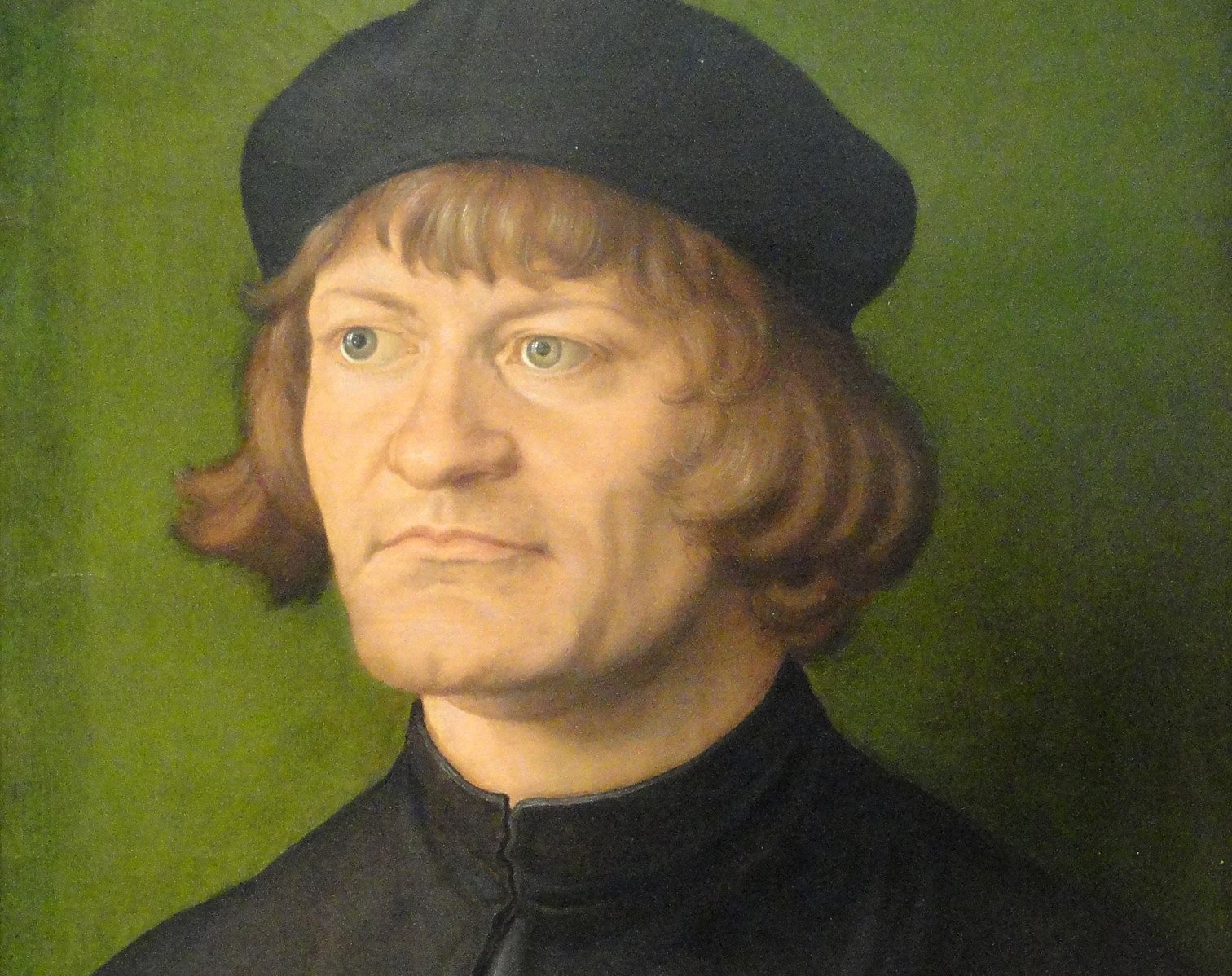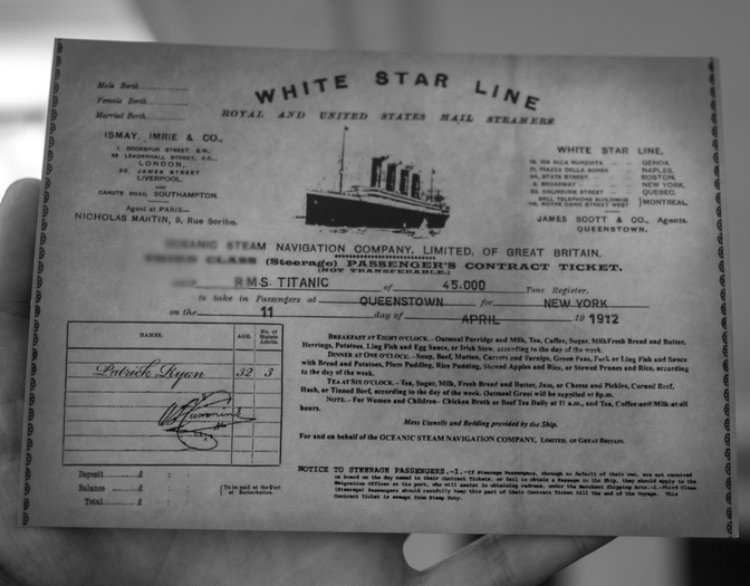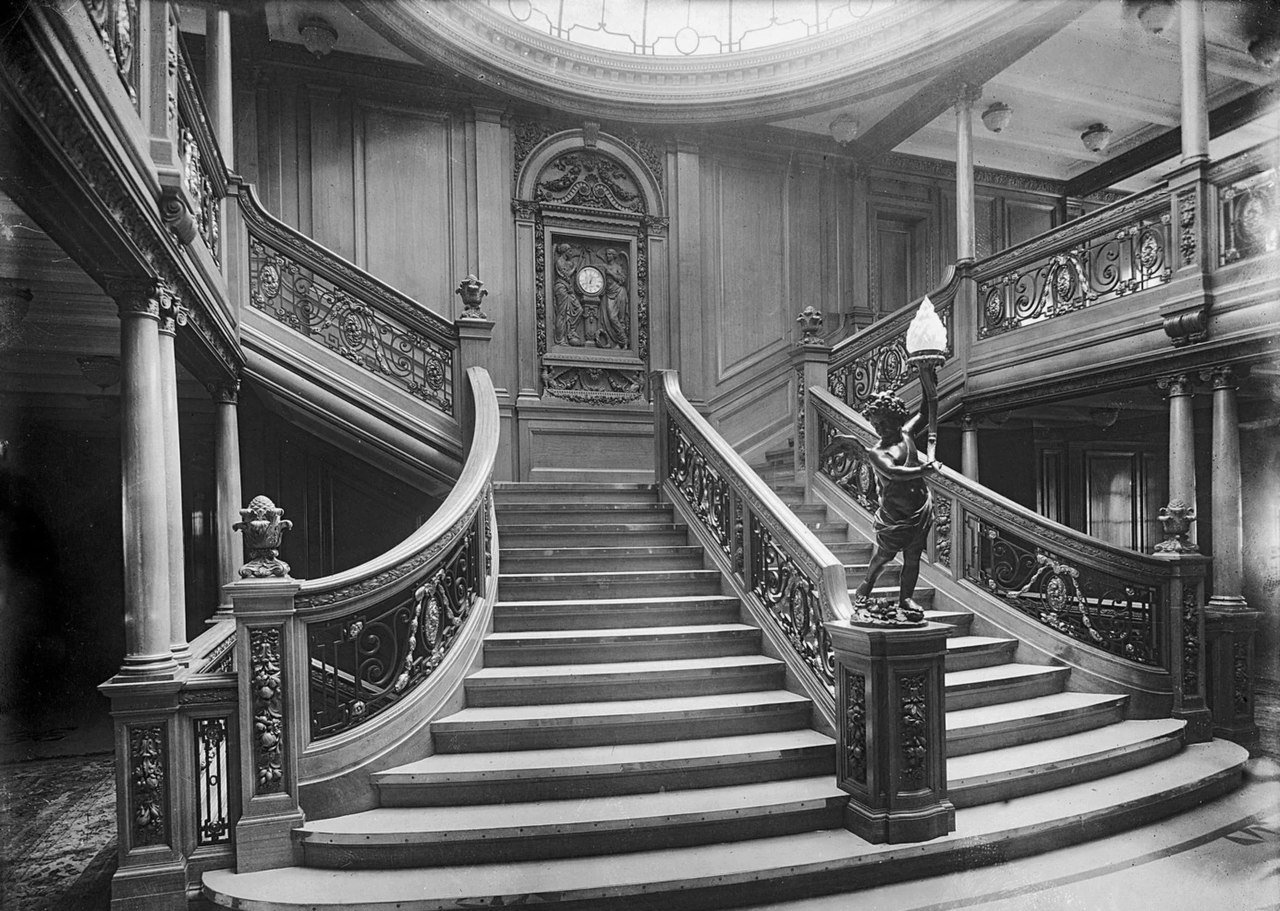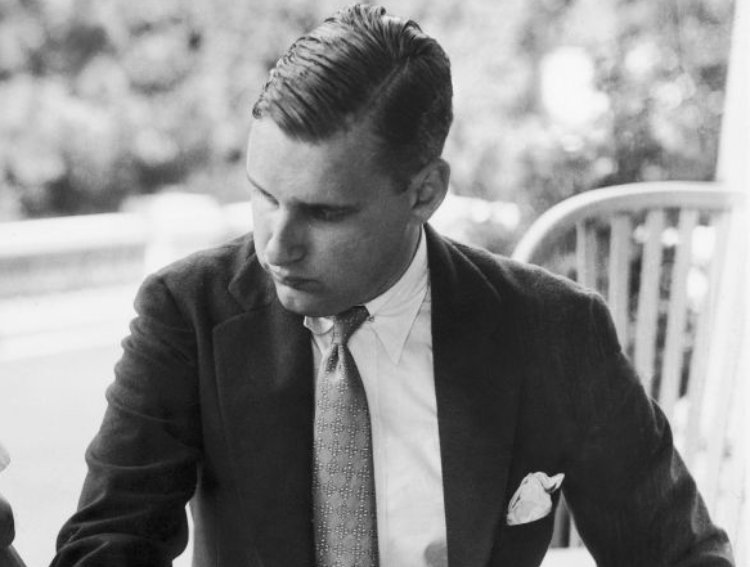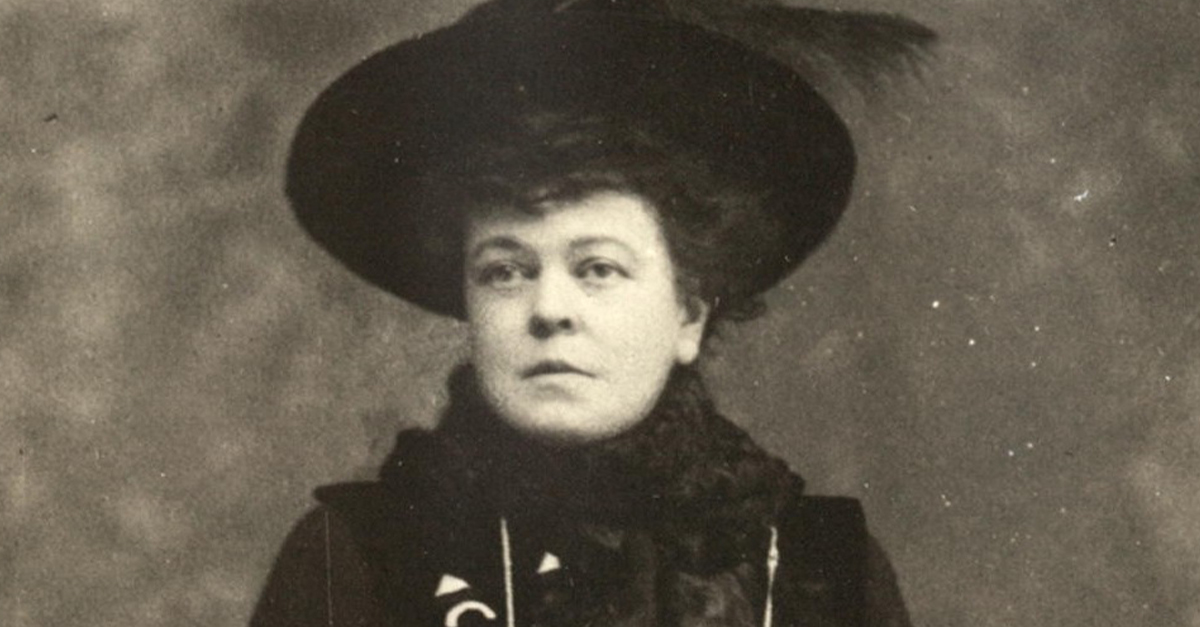Born into one of the wealthiest families of the Gilded Age, John Jacob Astor IV got dealt the best hand one can receive. But this 19th-century Nepo baby soon proved he had the wit and cunning to compete with the big boys of the business world—until his life was cut short by a titanic symbol of the very decadence that defined his existence in the first place.
1. He Entered A Life Of Leisure
John Jacob Astor IV was born on July 13, 1864, at his parents’ vast country estate. He was the youngest child and only son of socialite Caroline Schermerhorn and William Backhouse Astor Jr.
John’s father, born into privilege like his son, was not ambitious, instead dedicating his life to leisure, luxury, and racehorse breeding. His status as an Astor allowed nothing less.
 Unknown author, Wikimedia Commons
Unknown author, Wikimedia Commons
2. He Was Wealthy From The Beginning
John Jacob Astor was the youngest of five children, and he and his four older sisters fit the textbook definition of kids born with silver spoons in their mouths. At the time of his birth, the Astors were one of the wealthiest families in the United States. Now, to be fair, their life of luxury was the product of some hard work—but that work took place nearly a century earlier.
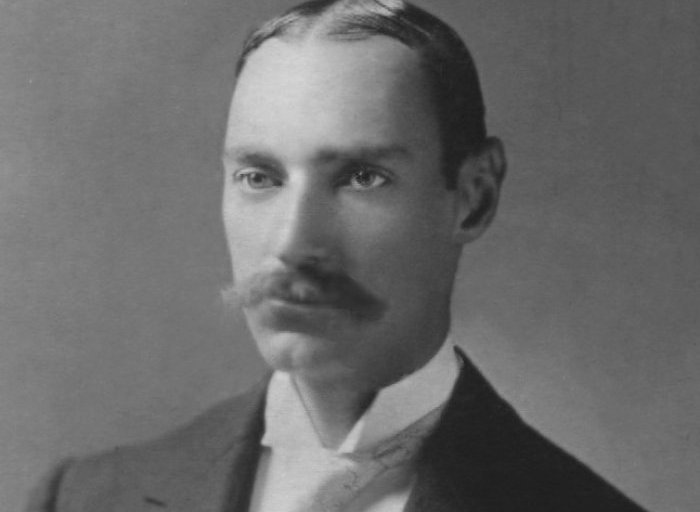 Unknown author, Wikimedia Commons
Unknown author, Wikimedia Commons
3. His Namesake Made His Family’s Fortune
Astor was named for his great-grandfather, the original John Jacob Astor. This Astor had come to the United States in 1783 with nothing but a few musical instruments. He started in the fur trade, where he was wildly successful, making a fortune and soon pivoting to New York real estate development.
Astor’s forays into this exploding industry cemented him as the United States’ first multimillionaire. His great-grandson could count other big names among his family tree.
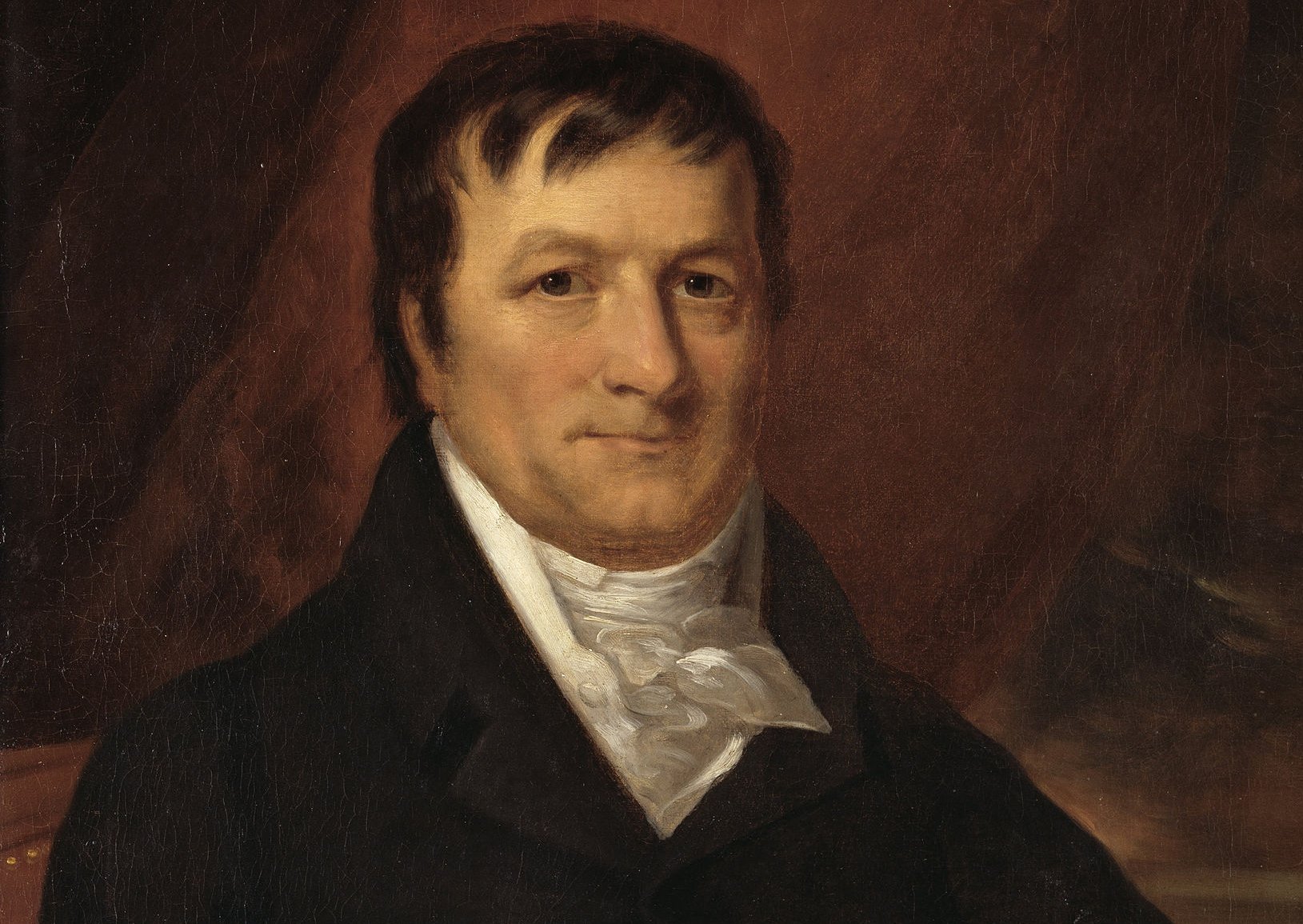 John Wesley Jarvis, Wikimedia Commons
John Wesley Jarvis, Wikimedia Commons
4. He Had A Lot Of Famous Relatives
Wealth begets wealth, and the Astor family were related to many prominent wealthy families of the Gilded Age. Among his relatives, John Jacob Astor IV could count a Presidential cabinet member for a great-grandfather, a wealthy Livingston for a great-grandmother, a distantly related Vanderbilt, and a brother-in-law who was the half-brother of future President Franklin Delano Roosevelt.
But despite their blue blood, family matters were not always pleasant.
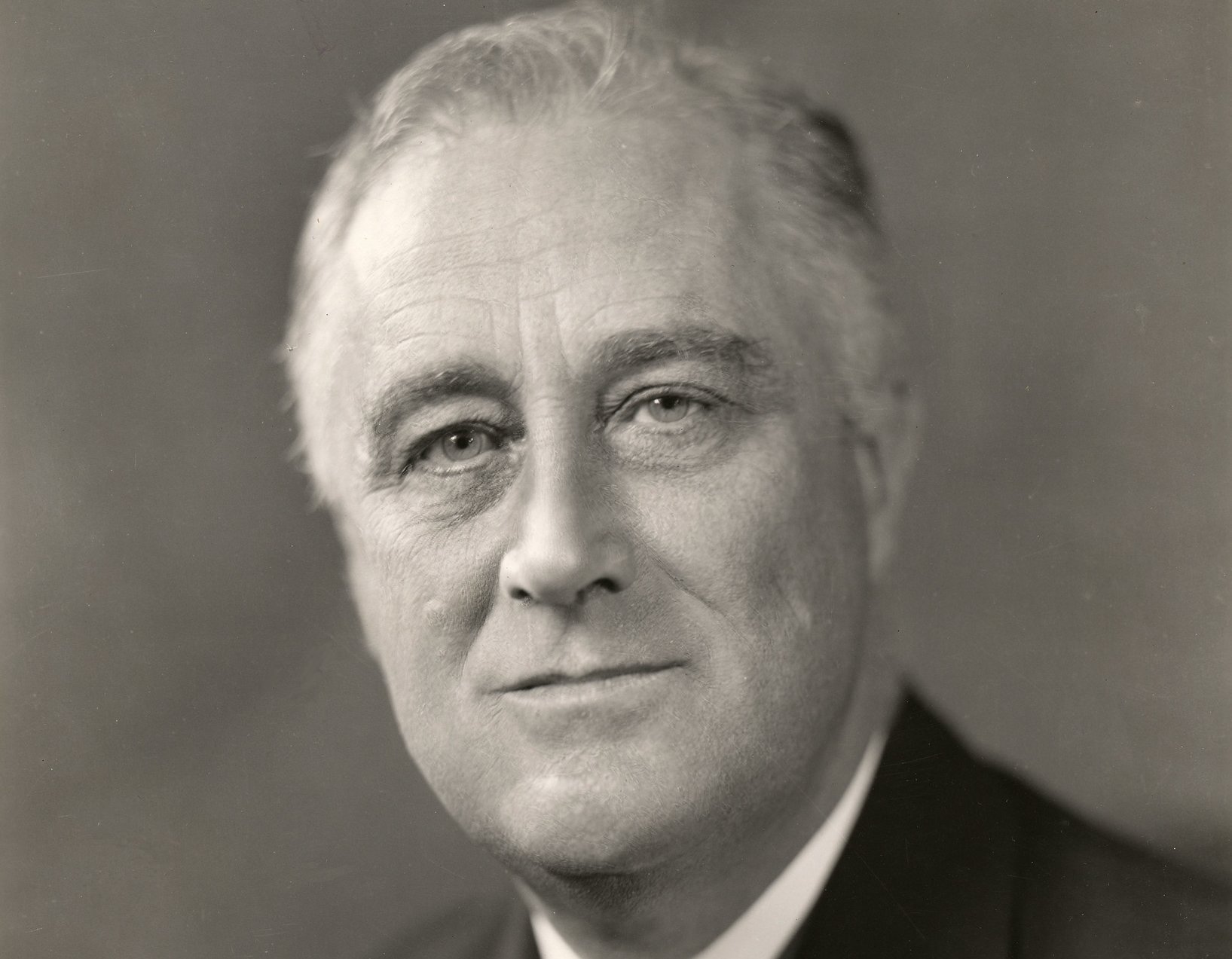 FDR Presidential Library, Flickr
FDR Presidential Library, Flickr
5. His Mother Feuded With His Cousin
Astor’s mother, Lina, was known formally as “Mrs. William Astor” until 1877, but with the passing of her older sister-in-law that year, Lina shortened her title to simply “Mrs. Astor” as the eldest surviving Astor wife. But it wasn't quite so simple. John’s cousin, William Waldorf Astor, felt that his wife should assume the preferred title.
Lina and her nephew began trading barbs in the press—and it was a bloodbath. Lina ended up humiliating William so greatly that he left the United States for England with his family. John was likely relieved when he finally got to pursue his own path.
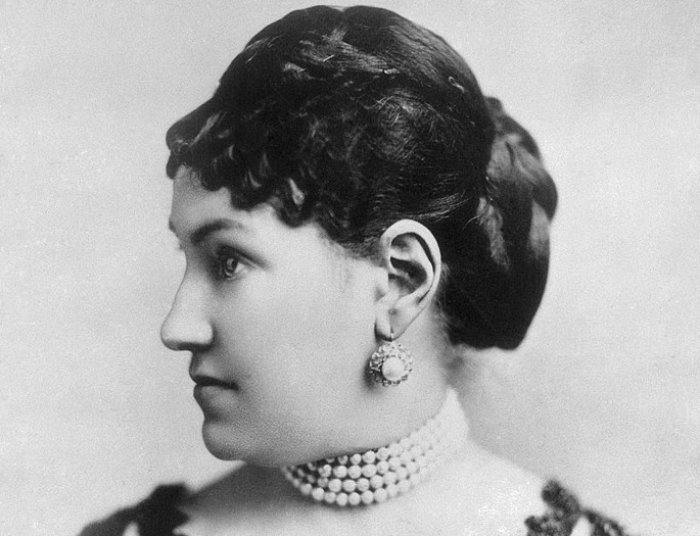 Unknown author, Wikimedia Commons
Unknown author, Wikimedia Commons
6. He Passed Up A Golden Opportunity
Given his position in society, Astor naturally received the best education money could pay for. He attended boarding school at the prestigious St. Paul’s School in Concord, New Hampshire, before going on to enrol at Harvard, because of course he did.
Astor grew weary of education, however, and left the school without graduating, opting to travel instead. The press didn’t let him live it down.
7. He Received Pointed Coverage
The prominent status of the Astor family meant that John Jacob, who was now going by “Jack,” received much attention in the tabloid press. An awkward-looking young man, newspapers would constantly comment on his ungainly appearance.
The press also slandered him as aimless, giving him the mocking moniker “Jack Ass-tor”. It was harsh treatment, considering Jack was just doing his own thing. But he would show them.
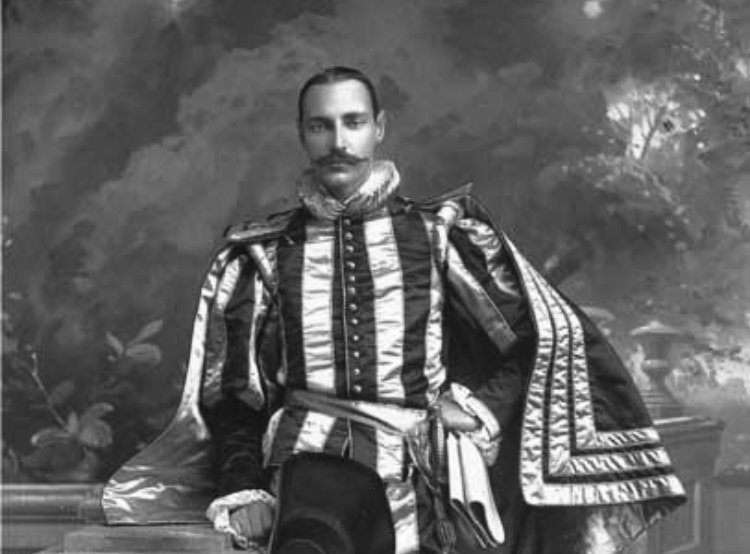 Unknown Author, Wikimedia Commons
Unknown Author, Wikimedia Commons
8. He Tried His Hand At Writing
In 1894, Astor published a sci-fi novel entitled A Journey in Other Worlds. The book told the story of life in the year 2000, where mankind had spread to the stars and colonized the planets of Saturn and Jupiter. The book presciently predicted both solar power and air travel, though Astor did not invent these concepts.
But he also proved he could bring his inventive creativity a little closer to earth.
9. He Was An Inventor
The young Astor’s creativity didn’t stop at his imagination, and he actually managed to patent a few original inventions, including a brake for a bicycle, a device to produce gas from peat, and a pneumatic road-improver. He also assisted in the development of a turbine engine.
But it was his return to the family business where John Jacob Astor IV would make his biggest mark.
 AndrewDressel, CC BY-SA 3.0, Wikimedia Commons
AndrewDressel, CC BY-SA 3.0, Wikimedia Commons
10. He Opened A Luxurious Hotel
Astor’s grandfather had made his fortune in real estate, and after a few years as a dilettante, Jack decided to have a go himself. Within a few years, he had made millions. Teaming up with his cousin, who owned the Waldorf Hotel, he built a connecting hotel beside it to create a giant complex known as the Waldorf-Astoria Hotel.
The luxurious resort was, at the time, the largest hotel in the world and the first that had electricity. There was a surprisingly progressive element to the venue, too.

History's most fascinating stories and darkest secrets, delivered to your inbox daily.
11. He Advanced Social Mores
The Waldorf-Astoria became known for its fundraisers and balls. Soon, the hotel began to attract all manner of guests, including many important foreign dignitaries. Astor’s hotel also played an interesting role in advancing women’s status: It was the first venue to admit women without them requiring a male companion.
Furthermore, the ladies got to use the amenities generally reserved for men, eliminating the need for a ladies-only parlor. But this wasn't Astor's only property that had a reputation for firsts.
12. His Residence Was Extravagant
Astor’s country residence, Ferncliff, which had been in his family since the mid-19th century and where he himself had been born, was a giant, picturesque estate in the Lower Hudson River Valley. Along with an indoor tennis court, two squash courts, a bowling alley, and a firing range, the dwellings were notable for being the first in the country to contain a residential indoor swimming pool. It was a perfect place to start a family.
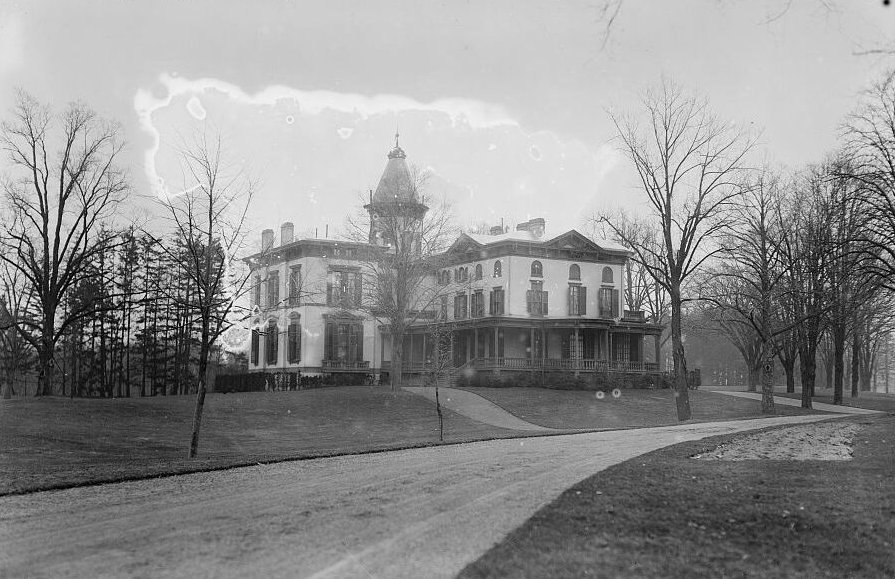 Library of Congress, Wikimedia Commons
Library of Congress, Wikimedia Commons
13. He Married Into More Wealth
In 1891, Astor married Ava Lowle Willing, a wealthy socialite. The couple would eventually have two children: William Vincent Astor, born nine months after their marriage, and Ava Alice Muriel Astor, born in 1902. The couple’s opulent lifestyle became the stuff of legends.
 Unknown author, Wikimedia Commons
Unknown author, Wikimedia Commons
14. He Threw A Great Party
Now married, Jack became a central figure in New York’s high society, and he and his wife soon became locally renowned for the lavish parties they hosted in their Fifth Avenue mansion and their Newport summer home. The parties attracted the cream of the crop, with their aristocratic regular guests becoming known as “The Four Hundred,” named for the number of people the Astor couple could fit in their ballroom.
All this elbow-brushing paid off and landed Jack a top job.
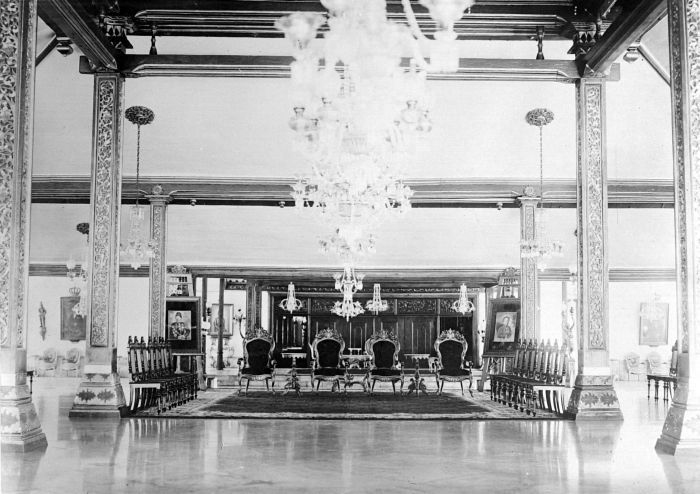 Collectie Wereldmuseum, CC BY-SA 3.0, Wikimedia Commons
Collectie Wereldmuseum, CC BY-SA 3.0, Wikimedia Commons
15. He Advised A Governor
One of the Astors' frequent guests included New York Governor Levi P. Morton. In a rare occurrence, the politician and the millionaire developed a close and trusted relationship that proved fruitful for both of them. In 1894, Morton even assigned Astor to his military staff, awarding him the rank of colonel.
Now, the business magnate found himself enmeshed in a new frontier.
16. He Financed Overseas Operations
In 1898, the Spanish-American War broke out. With his connection to American interests, Astor personally dedicated some of his vast fortune to the campaign effort. As well as allowing the US forces to use his yacht, he also personally financed a volunteer artillery unit that served in the Philippines that became known as the “Astor Battery”. Astor himself did some time abroad too.
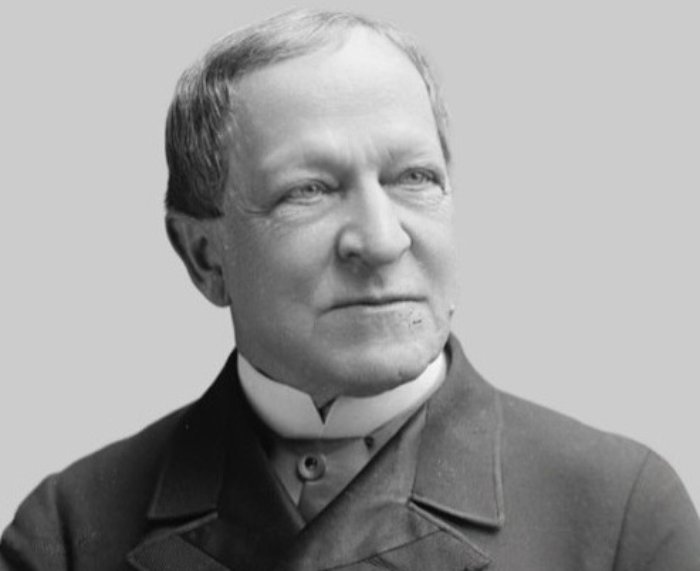 Library of Congress, Wikimedia Commons
Library of Congress, Wikimedia Commons
17. He Got Stationed In The Caribbean
That same year, Astor was appointed Lieutenant Colonel in the US Volunteers and shipped out to Cuba. There, he served as an officer on the staff of a Major General. Naturally, due to his high social status, he didn’t see any action. But he did see some lights, camera…
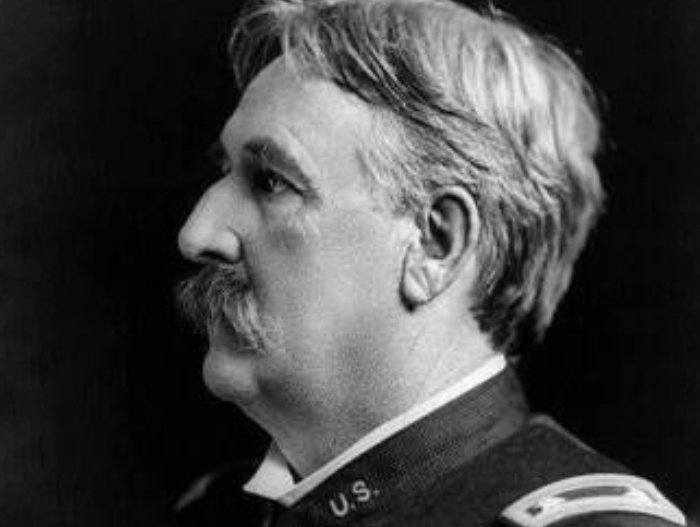 spanamwar.com, Wikimedia Commons
spanamwar.com, Wikimedia Commons
18. He Featured In Some Films
White stationed in Cuba, Astor appeared in what were some of the first war propaganda films ever produced. He can be seen rubbing elbows with the commander-in-chief in 1898’s President McKinley’s Inspection of Camp Wikoff and even got his name in the title of 1899’s Col. John Jacob Astor, Staff and Veterans of the Spanish-American War.
While the films probably aren’t very plot heavy, Astor’s accomplishments overseas were undeniably impressive.
19. He Received Commendations
In recognition of his service, Astor received a brevet (the term for a temporary promotion outside of peacetime) to the rank of colonel. He was also entitled to a Spanish Campaign Medal. Jack received an honorable discharge in 1898—but he left with something even more permanent.
20. His Title Stuck
Having achieved his promotion, Jack became known as “Colonel Astor,” a temporary title that evolved into a permanent nickname. The title stuck long after his service had ended, with some subsequent media coverage even referring to the man simply as "Colonel".
The formerly wanton, maladroit young man had gained the respect of the press that once scorned him. His wife was a different story.
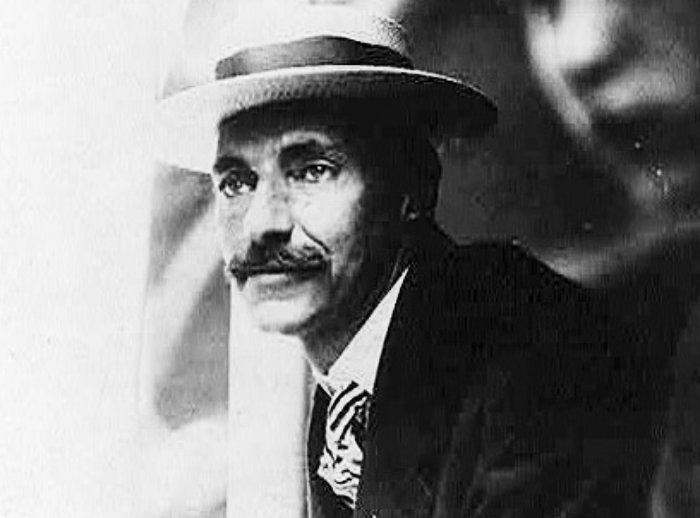 Bain Collection, Wikimedia Commons
Bain Collection, Wikimedia Commons
21. His Marriage Grew Strained
By the turn of the century, Astor had grown very distant from his wife, Ava, and the two began to live separate lives. The Colonel’s constant philandering did not help matters. Things finally came to a head.
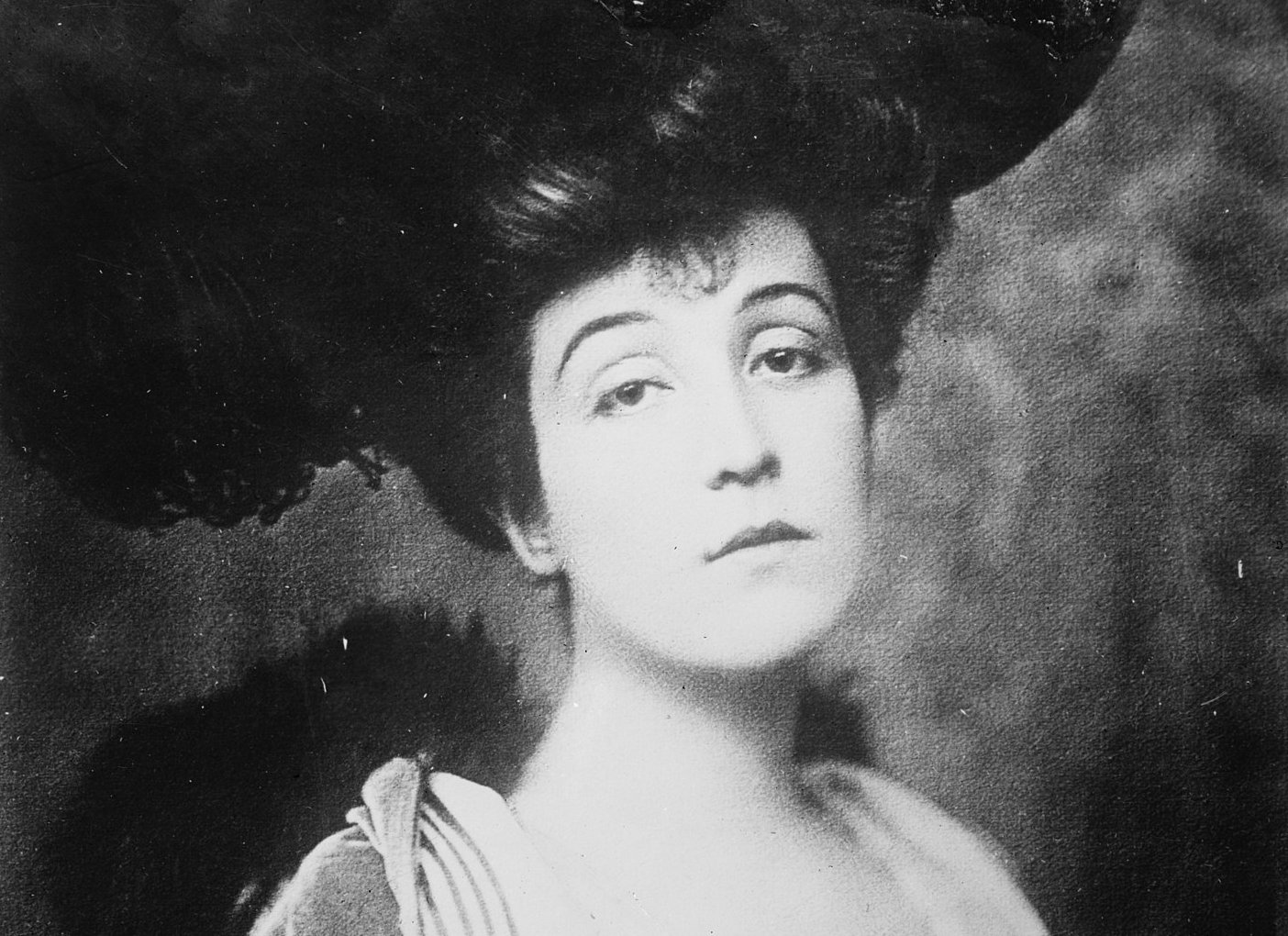 Bain News Service, Wikimedia Commons
Bain News Service, Wikimedia Commons
22. He Split With His Wife
In November of 1909, Ava had finally had enough and filed for divorce from Colonel Astor. Divorce in those days was exceedingly rare, and word spread quickly, causing something of a stir among the couple’s high society social circle. But the reason for the divorce was soon revealed. That's when the real shockwaves began.
23. He Remarried Immediately
The scandal was compounded tenfold when the 47-year-old Astor announced that he was engaged to marry 18-year-old socialite Madeleine Talmage Force. The very fact of his remarriage would have been controversial enough, but the nearly 30-year age difference between Astor and his new bride provoked vicious gossip.
It was indeed a disturbing age gap.
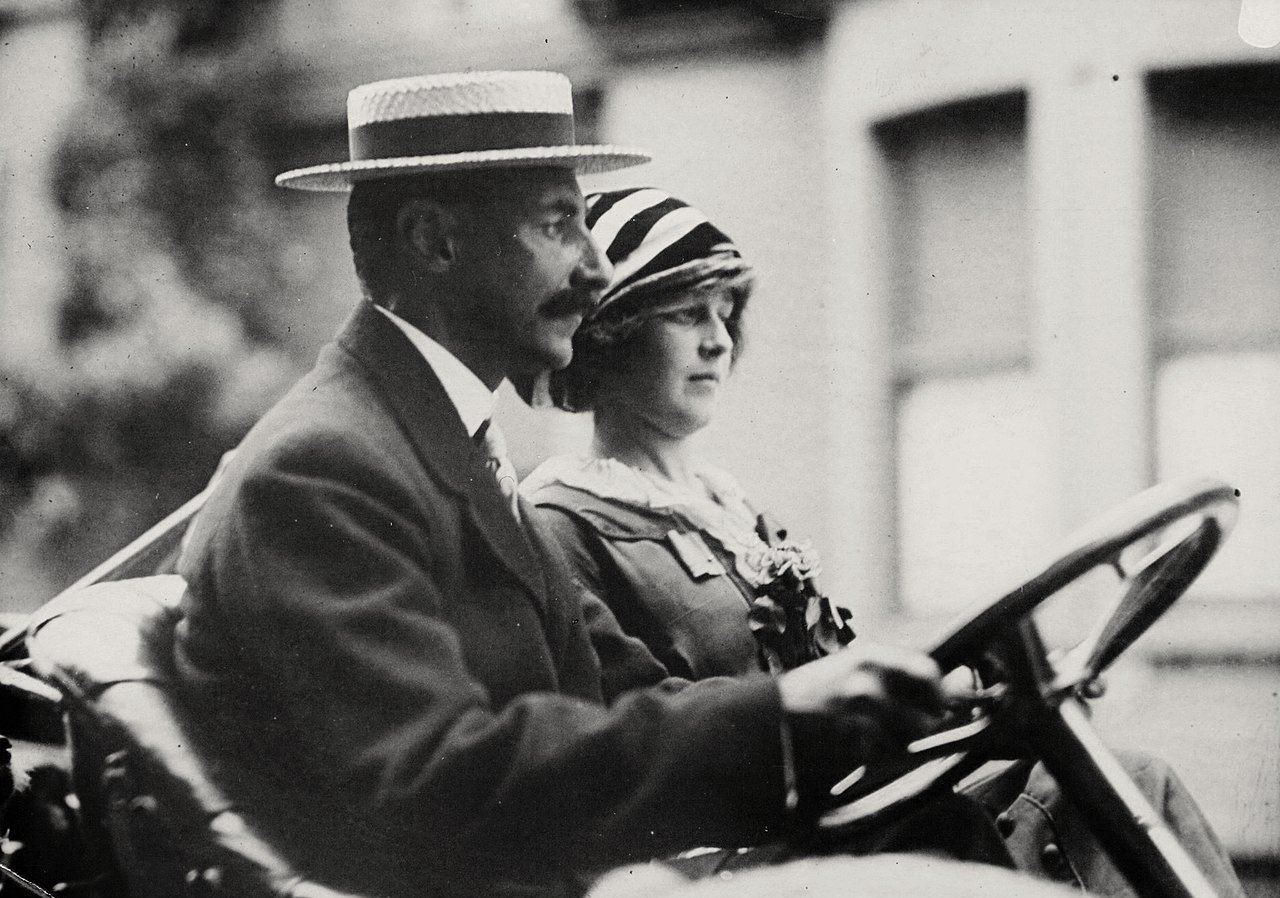 Unknown Author, Wikimedia Commons
Unknown Author, Wikimedia Commons
24. He Was Old Enough To Be His New Wife’s Father
While the age difference did not seem to bother Astor, his new bride, or her even parents, most others did not take kindly to the union. Most of all was Astor’s son Vincent, who despised Madeleine for, among other reasons, the disturbing fact that she was one year younger than her new husband’s eldest son.
Vincent eventually swallowed his pride, however.
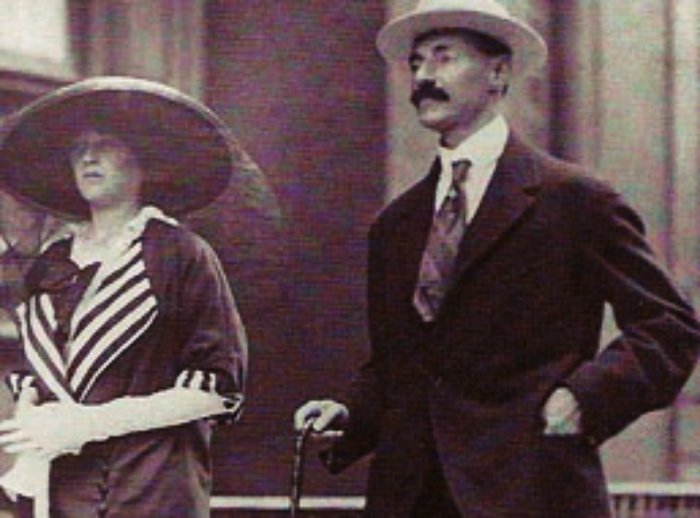 Unknown author, Wikimedia Commons
Unknown author, Wikimedia Commons
25. His Son Remained Loyal
Astor and his bride had difficulty finding a clergyman to marry them, considering the social stigma around divorce and remarriage. However, they eventually found a Reverend who performed the ceremony at Madeleine’s parents’ Newport home. Vincent, despite his hatred for his new stepmother, acted as best man for the ceremony.
But the public criticism was going to become too much for the Colonel.
26. He Escaped On His Honeymoon
Astor quickly grew weary of the scandal surrounding his remarriage, and to escape the scrutiny of the press and his social circle alike, the couple decided to embark on an extended honeymoon until the controversy blew over. They sought refuge in Egypt, and then Europe, taking in the sights as they travelled.
They didn’t leave everything behind, however.
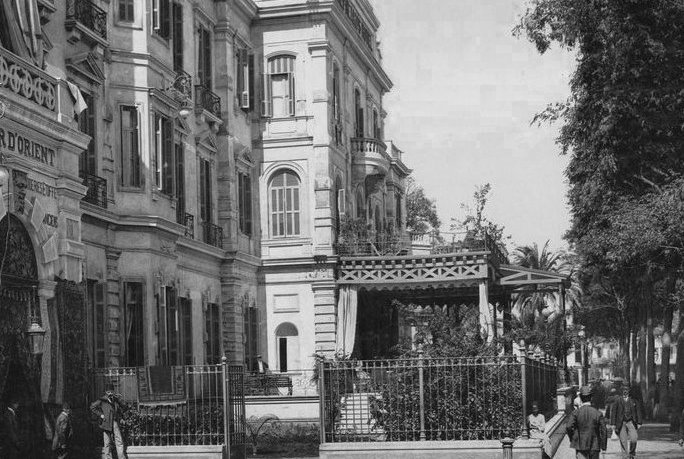 Nathan Hughes Hamilton, Flickr
Nathan Hughes Hamilton, Flickr
27. He Had A Loyal Friend
One of the few people who did not spurn Astor, or his new bride, was Margaret “Molly” Brown, who later became known as “the Unsinkable Molly Brown” following her tireless efforts to rescue as many Titanic passengers as possible. Grateful for Brown’s support, the Colonel and his new wife requested her presence on their honeymoon, and she agreed to join them as a travel companion.
They’d be coming home with an additional party member.
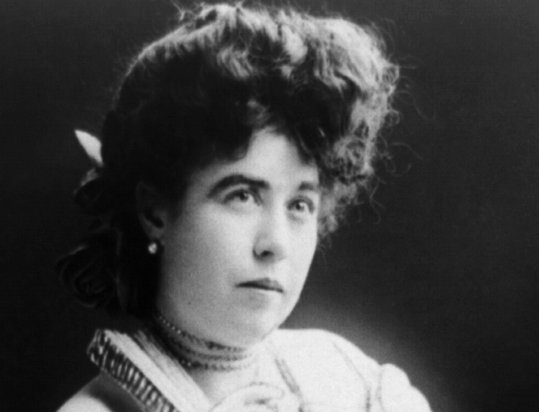 Adam Cuerden, Wikimedia Commons
Adam Cuerden, Wikimedia Commons
28. He Expected A Third Child
In early 1912, several months after their wedding, Madeleine became pregnant while she and Astor were still travelling. The couple decided they wanted their child born in the US, and so they set their sights for home. And they were going to travel home in style.
How does the biggest, most luxurious ship ever built sound? An unsinkable ship, perhaps?
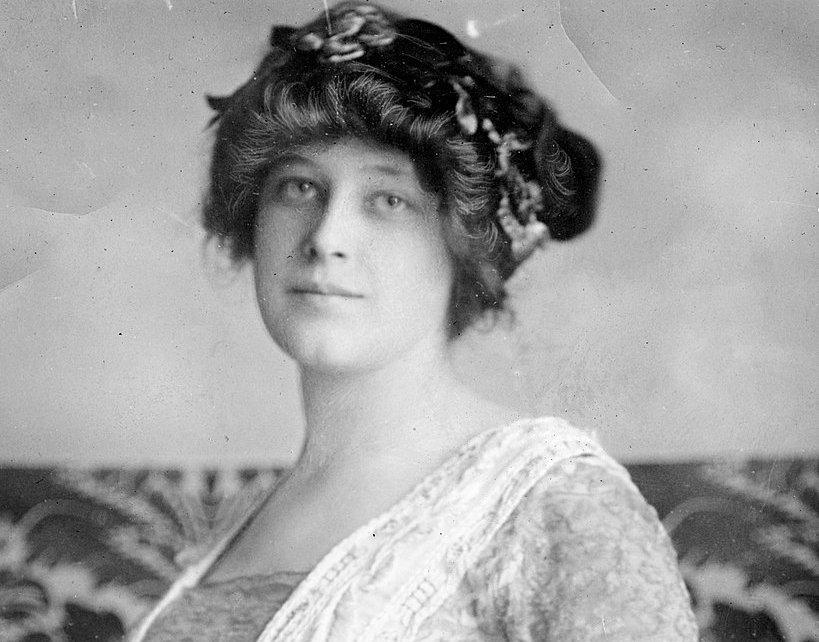 Unknown author, Wikimedia Commons
Unknown author, Wikimedia Commons
29. He Booked A Ticket Home
Astor and his wife booked passage to New York on the RMS Titanic. They arrived in Liverpool just in time to embark on the Titanic's long maiden voyage across the Atlantic. And the Astors, naturally, travelled first class.
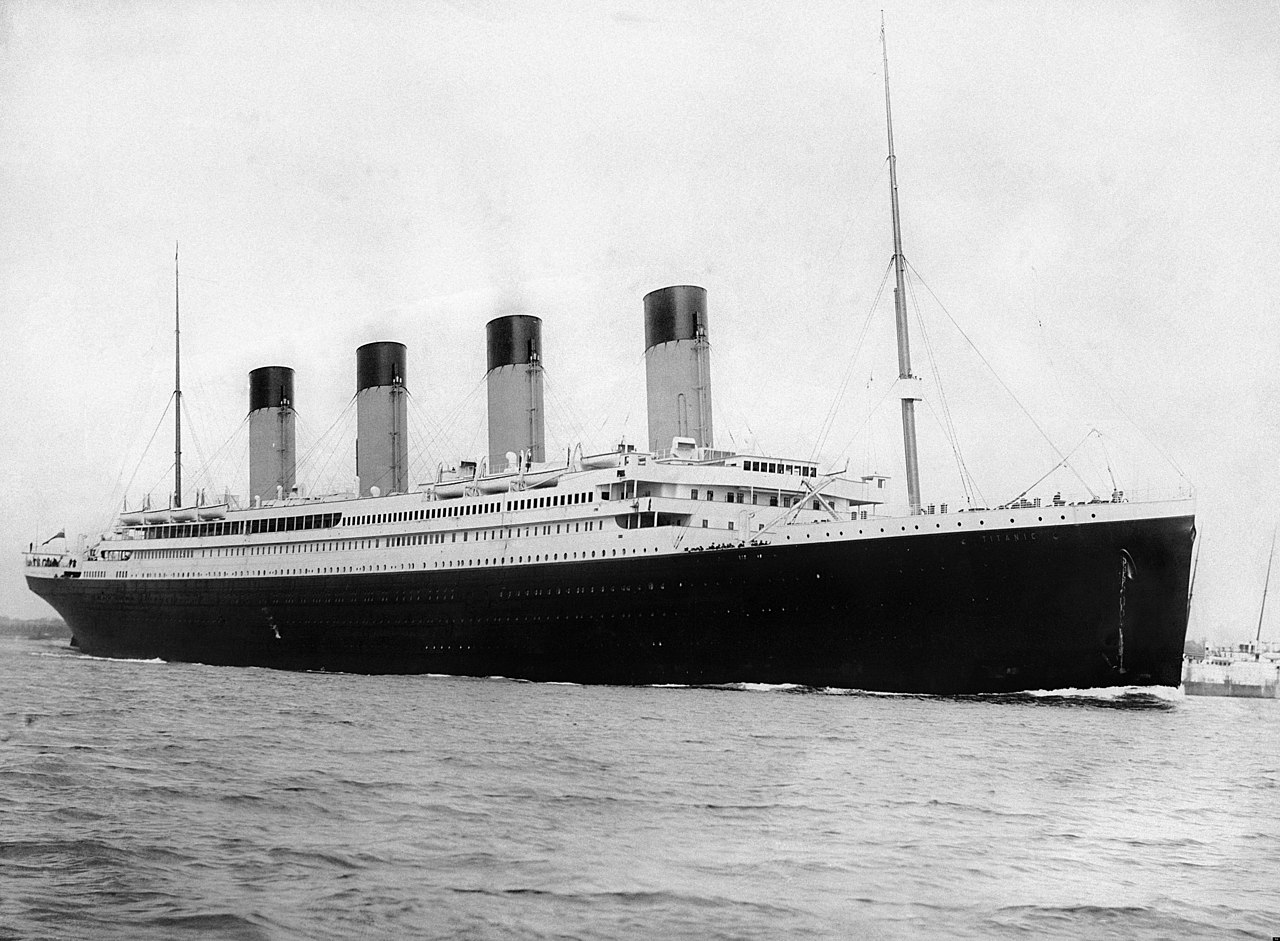 Francis Godolphin Osbourne Stuart, Wikimedia Commons
Francis Godolphin Osbourne Stuart, Wikimedia Commons
30. He Had A Knack For Interior Design
The Astors held ticket No. 17757 and, due to their immense wealth, had the privilege of occupying one of the Titanic’s most opulent suites. Astor took the liberty of decorating the suite for his pregnant wife, adorning the lodgings in gold and pink. They had another companion too.
31. He Brought His Dog
The Astors had brought their dog Kitty with them travelling. An Airedale breed, the couple were deeply fond of their pet and kept a watchful eye on her during the voyage, as they had previously lost her in Egypt, which caused much distress in the hours before she turned up again.
After that debaucle, Astor was pretty confident they’d have no bad luck from here.
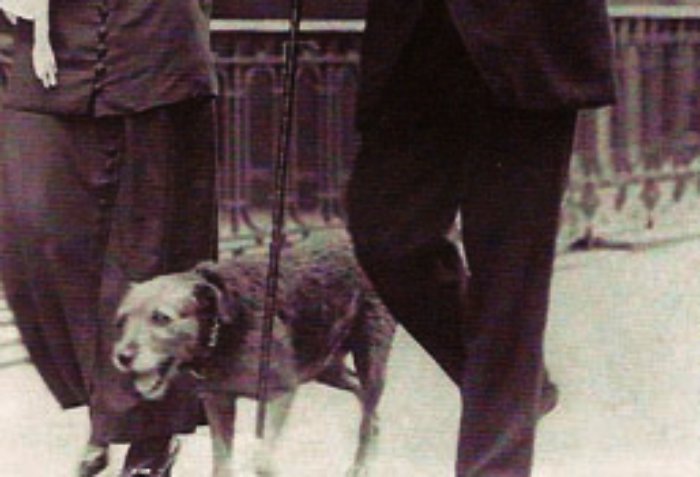 Unknown author, Wikimedia Commons
Unknown author, Wikimedia Commons
32. He Uttered Infamous Words
Astor was fascinated by the Titanic and the reputation that proceeded it. He would often rattle off statistics about its construction and, on one occasion, is reported to have uttered those well-known, cursed words: “She's unsinkable, a modern shipbuilding miracle”.
But perhaps Astor was simply a little too insulated with the ship’s inner circle.
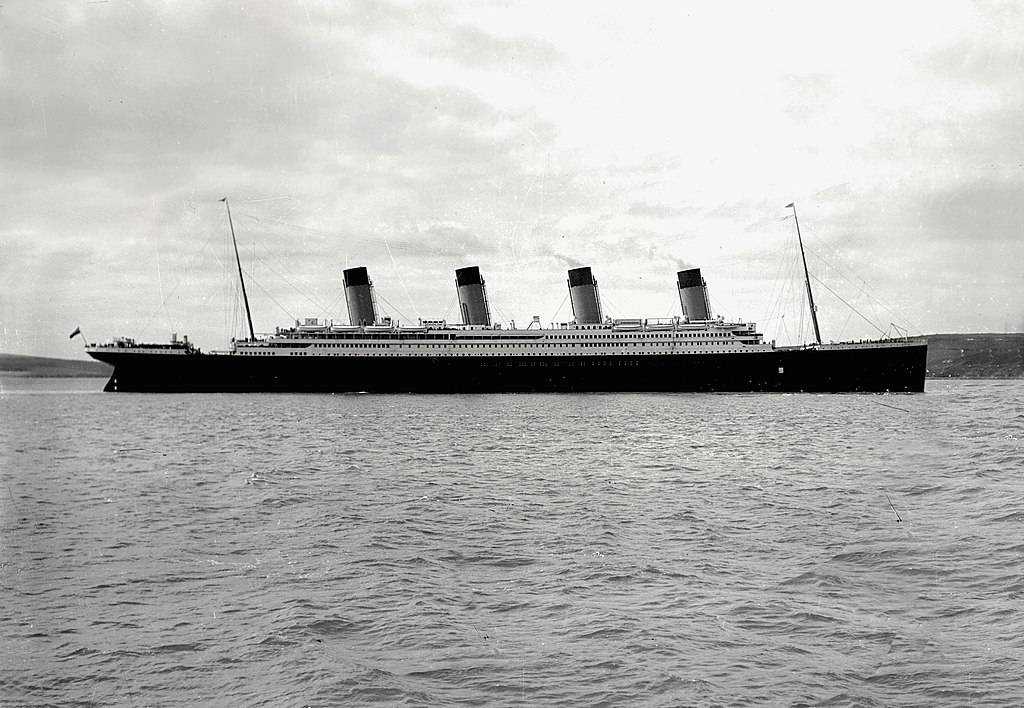 Unknown photographer, Wikimedia Commons
Unknown photographer, Wikimedia Commons
33. He Dined With The Captain
On April 14, 1912, mere hours before tragedy would strike, Astor attended an opulent dinner party in the ship’s B Deck restaurant. In attendance also was the ship's captain, Edward J. Smith. He and Astor reportedly talked and joked together and had established a rapport.
This entitled him to an inside scoop—but maybe he would have preferred not to know.
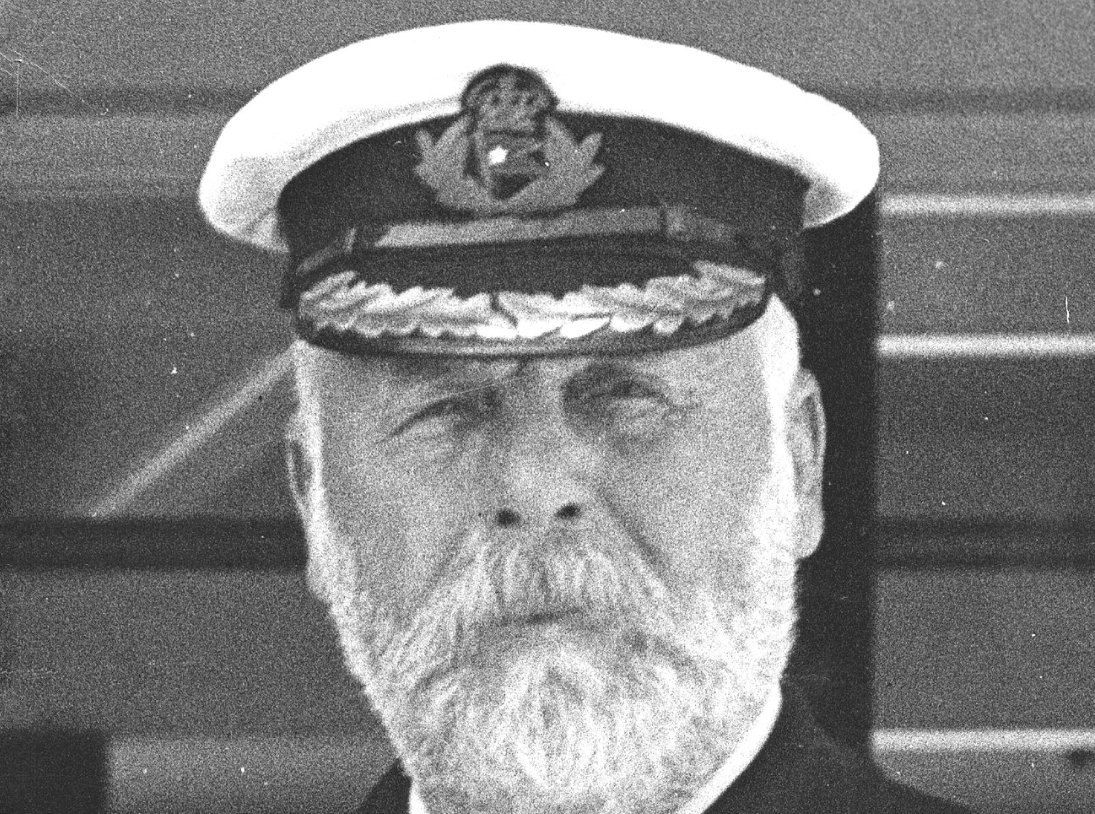 New York Times, Wikimedia Commons
New York Times, Wikimedia Commons
34. He Heard His Coup De Grâce
At approximately 11:40pm on the night of April 14, the Titanic struck an iceberg 400 miles off the coast of Newfoundland. Astor, who was playing cards at the time, heard the deafening sound from above deck and sought out a status report from the captain.
The captain advised Astor to wake his wife, as they may have to board the lifeboats. The clock had begun to count down.
 Prinz Adalbert, Wikimedia Commons
Prinz Adalbert, Wikimedia Commons
35. He Remained Composed
All accounts of Astor’s attitude that night stress that he remained composed throughout the entire ordeal. He calmly woke his wife and escorted her out of their room. He chatted casually with other passengers about the collision. However, he may have been a little too unperturbed.
36. He Didn’t Perceive Serious Danger
Some reports seem to imply that Astor did not take seriously the possibility of the ship’s sinking. One story recounted how, as the crew began loading the lifeboats with first class passengers, Astor and his wife were playing with mechanical horses in the Titanic’s gymnasium. His hubris didn’t stop there.
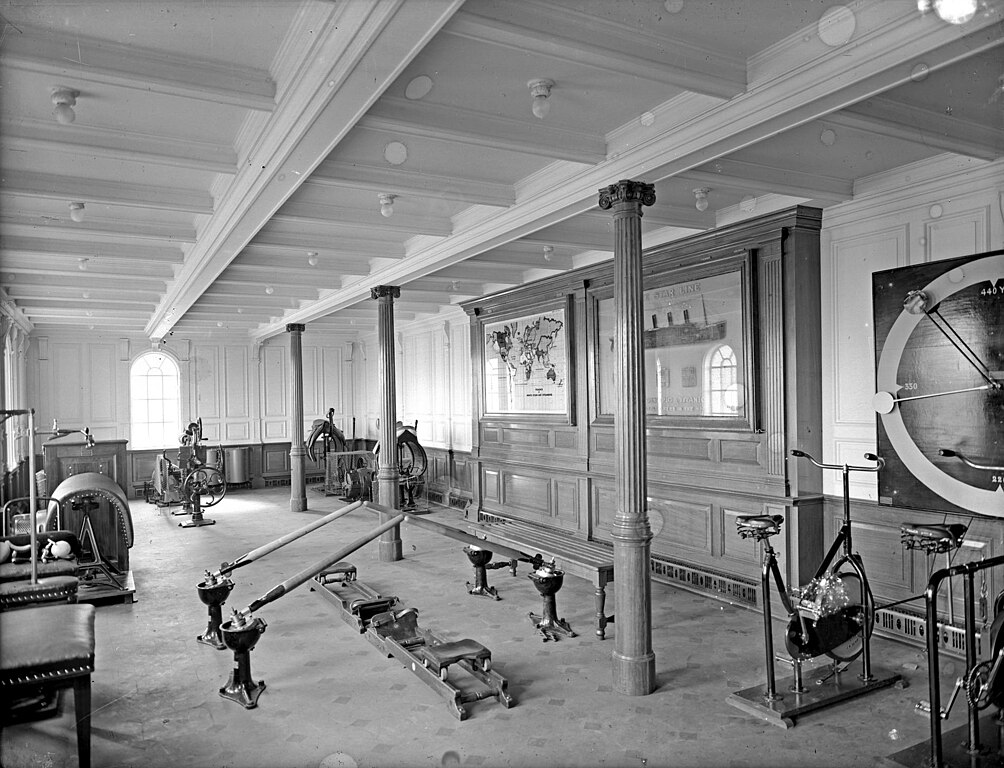 Robert Welch, Wikimedia Commons
Robert Welch, Wikimedia Commons
37. He Was Overconfident
While in the gymnasium, Astor is thought to have cut open a life preserver in order to show his wife the contents—while the ship was sinking. It is unclear whether this was to reassure her, or to prove the life preservers were useless. The latter seems more likely, considering his subsequent words.
38. He Refused To Take Proper Measures
Astor further showed his lack of urgency with his apparent ridicule of those rushing to the lifeboats. He evidently still had faith in the Titanic’s unsinkability, preferring to remain on its solid decks than to attempt escape and allegedly declaring, “We are safer here than in that little boat”! He would soon change his tune.
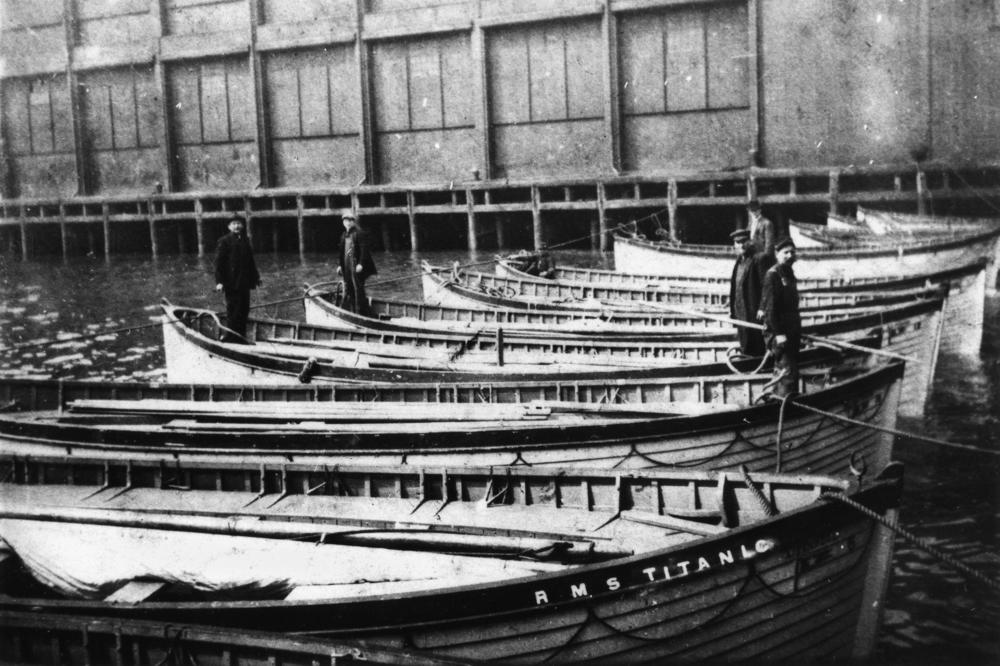 Unknown author, Wikimedia Commons
Unknown author, Wikimedia Commons
39. He Finally Conceded
Astor had apparently changed his mind by 1:45am on the morning of April 15, with the prospect of the Titanic’s demise seeming more and more inevitable. He escorted his wife to the lifeboats and helped her board—and he hoped to join her. He begged for a place for himself, to attend to her “delicate condition”.
The crew refused, as they were loading women and children first. Astor then asked what lifeboat number it was, and was told it was number four. While some believe this was only to find his wife later if he could, there may have been a darker story. The lifeboat operator himself admitted he thought Astor also wanted to lodge a complaint against him.
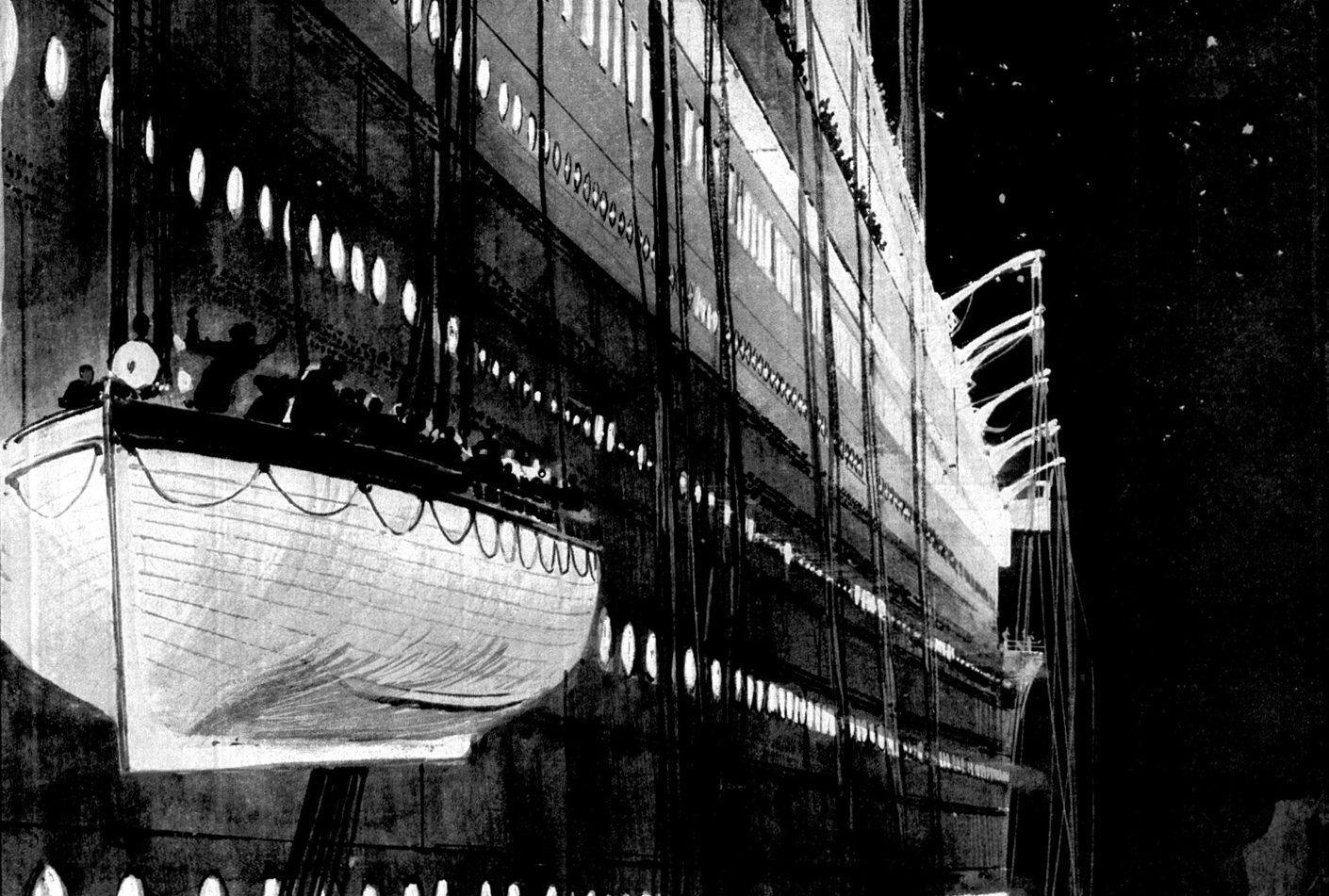 Charles Dixon, Wikimedia Commons
Charles Dixon, Wikimedia Commons
40. He Got His Act Together
There are conflicting reports about what Astor did from there. Some say he was instrumental in helping many other passengers onto lifeboats. One report alleges he went down to the ship’s kennels and released all the dogs; indeed, many have claimed to have seen dogs running around the Titanic’s decks as it sank.
The last reported sighting of Astor claims he was smoking in the first-class lounge. Nonetheless, and despite Astor's coming end, there is a chilling fact at play: even with the much-touted "women and children first" policy on the Titanic, in the end the mortality rate for third-class children was higher in the wreck than for first-class men.
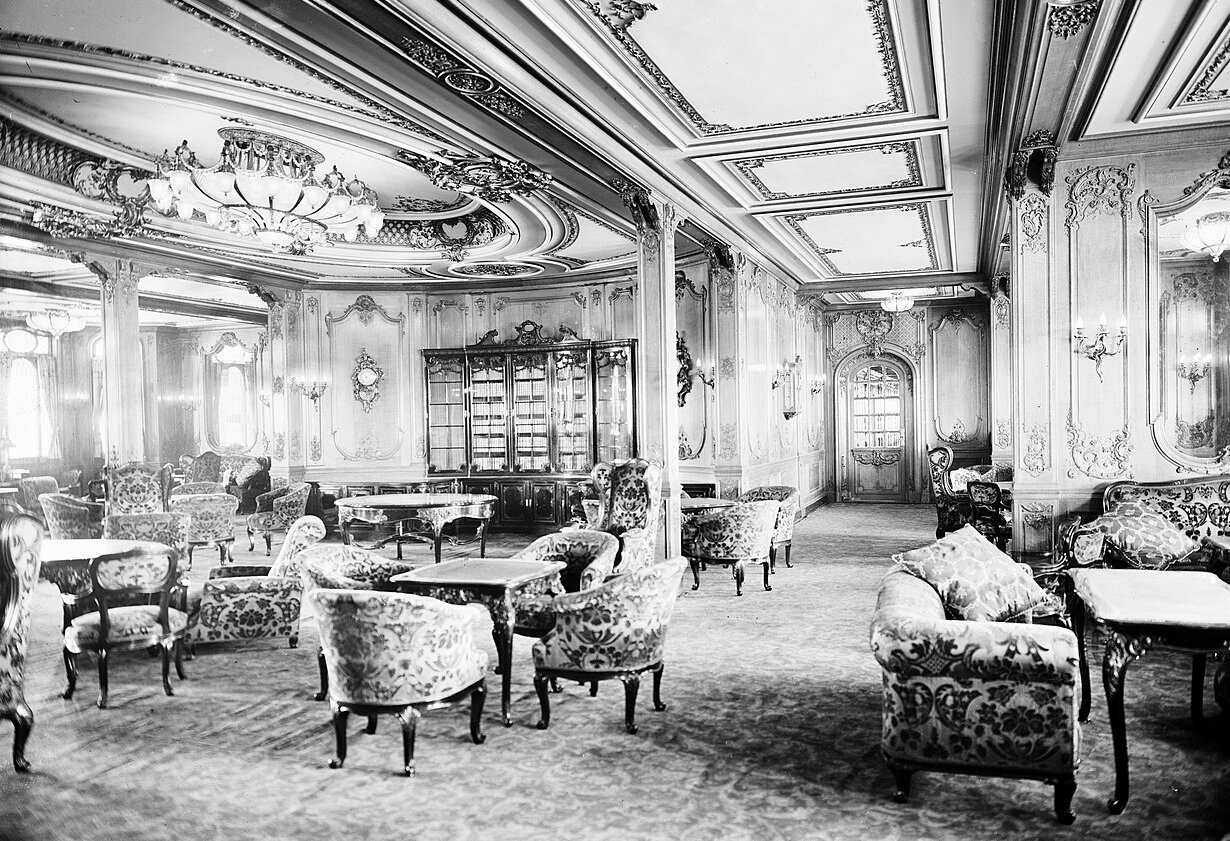 Robert Welch, Wikimedia Commons
Robert Welch, Wikimedia Commons
41. He Perished On Board
The Titanic sank at 2:20am on the morning of April 15, 1912. Of Astor’s party, his wife, her nurse, and her maid all survived. Astor’s valet and his dog, Kitty, did not. John Jacob Astor never made it off the ship either. The subsequent search for survivors soon became a search for bodies.
 J.W. Barker, Wikimedia Commons
J.W. Barker, Wikimedia Commons
42. They Found His Remains
Astor’s body was recovered a week later, by the cable ship Mackay-Bennett. He was identified by the initials JJA sewn onto his jacket and a pocket watch that also had his initials engraved on it. His remains were buried at Trinity Cemetery in New York. The condition of his body has been the source of some debate.
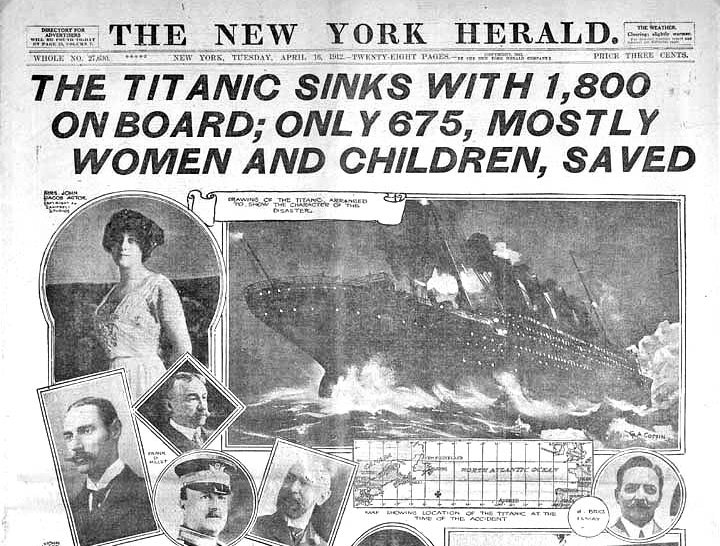 New York Herald, Wikimedia Commons
New York Herald, Wikimedia Commons
43. His Exact Cause Of Demise Remains Mysterious
There have been many conflicting reports about the condition of Astor’s remains, ranging from probable to completely dubious. Some have claimed his body was found in a crushed condition, sparking rumors he got flattened by the Titanic’s falling funnel. Others dispute this, saying the body was found in a well-preserved condition with only minor injuries and discoloration. It didn’t matter to his family.
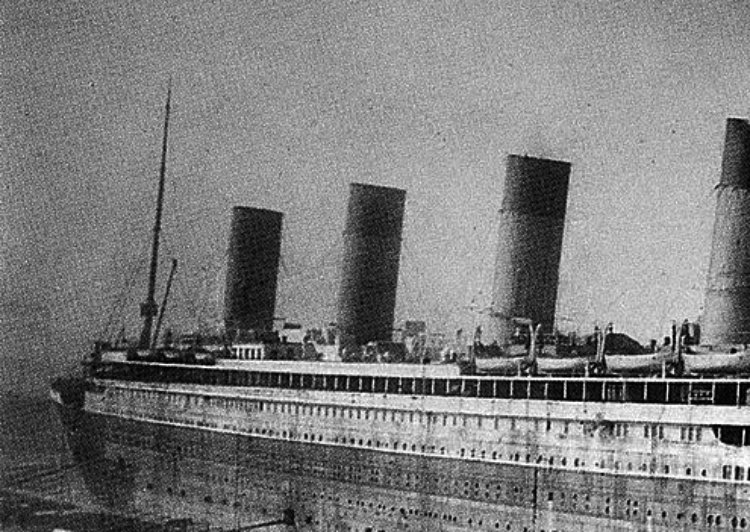 Robert John Welch, Wikimedia Commons
Robert John Welch, Wikimedia Commons
44. His Son Kept His Father With Him
Astor’s son Vincent restored the pocket watch found with his father’s remains and allegedly carried it with him everywhere for the next 23 years. He finally gave the watch away in 1935 as a Christening gift to the son of his father’s executive secretary, as a show of thanks for the man’s loyalty.
The watch later sold for a whopping £1.175 million at auction in 2024, the highest amount paid for any item from the Titanic wreckage. Astor has become synonymous with the disaster.
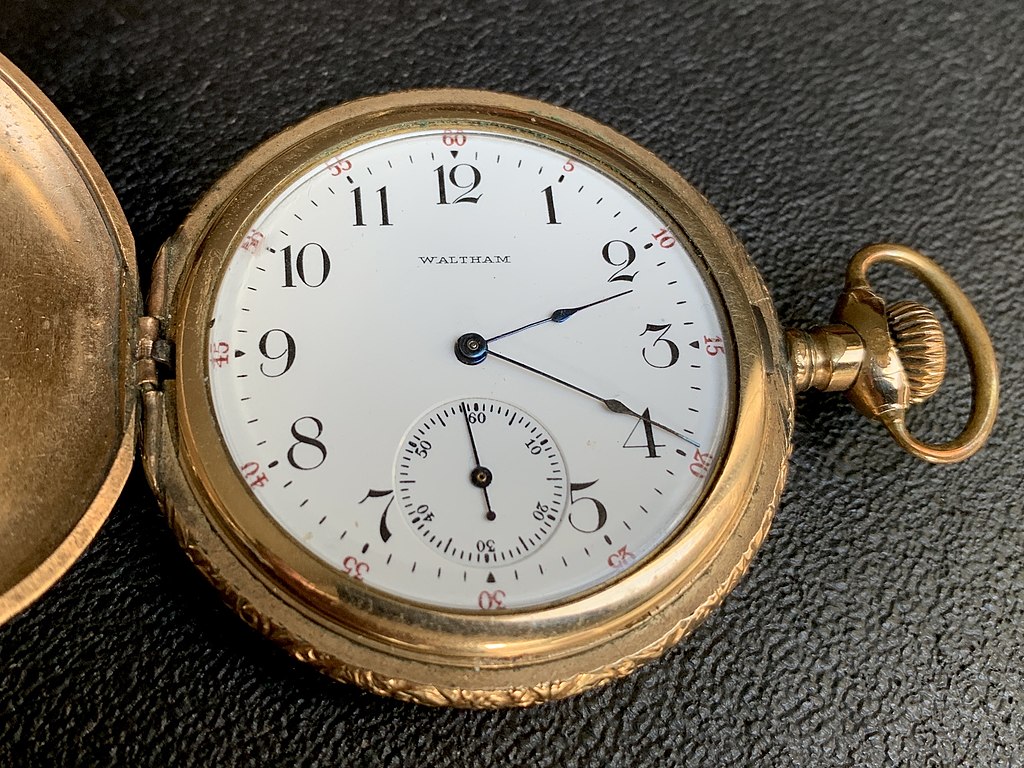 Majvdl, CC BY-SA 4.0, Wikimedia Commons
Majvdl, CC BY-SA 4.0, Wikimedia Commons
45. His Name Was In The Headlines Again
Astor had left the United States to escape the scandalous headlines in the press, but ironically, it was the headlines where he ended up once again. Upon news of his passing, Astor’s name made it into many of the front-page reports of the Titanic disaster as one of the most prominent passengers on board.
His notoriety, by that time, had been well-earned.
46. He Was The Wealthiest Of The Wealthy
Astor was far and away the richest passenger on the Titanic and, indeed, one of the richest men on earth at the time of his passing. The day he perished he had a net worth of $87 million which, adjusted for inflation, is the equivalent of $2.75 billion in today’s money. Perhaps this softened the blow of the loss for his family.
47. His Family Cashed Out
Astor’s will divided up his vast fortune (rather unevenly) between his new wife, daughter, and unborn son, but his eldest son Vincent received far and away the biggest share, inheriting $69 million of his $85 million estate as well as the family’s country estate and his father’s yacht.
Vincent would end up using most of his inheritance for philanthropy, funding many New York public works, housing, and services. Vincent’s new baby brother had someone to look up to.
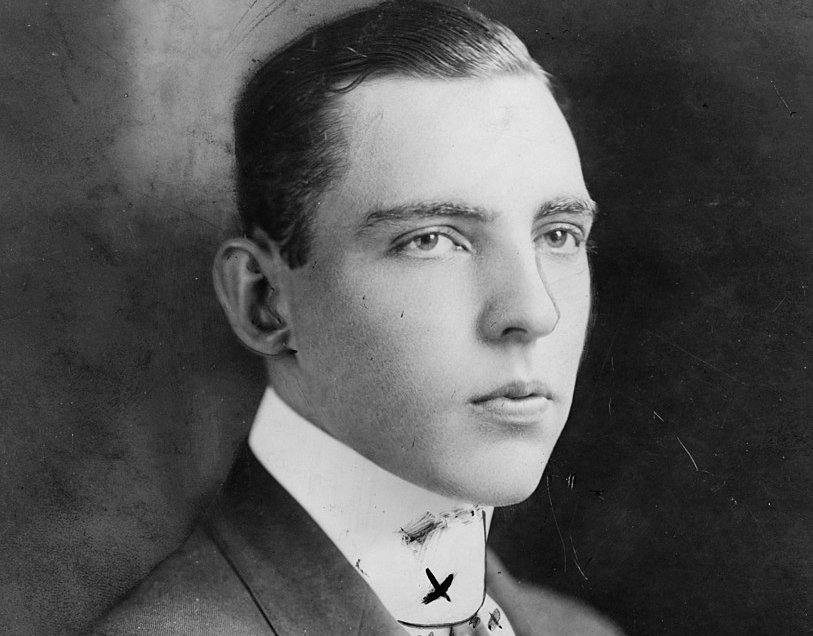 Library of Congress, Wikimedia Commons
Library of Congress, Wikimedia Commons
48. His Legacy Continued
Madeleine Astor gave birth to a healthy baby boy four months after the sinking of the Titanic. She named him John Jacob Astor VI in honor of his father. Astor VI later became known as the “Titanic Baby” due to his affiliation with the disaster—but he didn't exactly make his father proud.
He spent much of his life engaged in court battles with his brother Vincent for a larger portion of their father’s estate and ended up marrying four times. His father would be better remembered, at least.
49. He Got The Hollywood Treatment
John Jacob Astor IV was immortalized in James Cameron’s 1997 blockbuster Titanic, based on the events of the ship’s sinking. He was portrayed by German American actor Eric Braeden who is largely remembered for his drowning scene in climax of the film, a filming process which Braeden called “one of the scariest moments in this business for me”. He received another touching portrayal too.
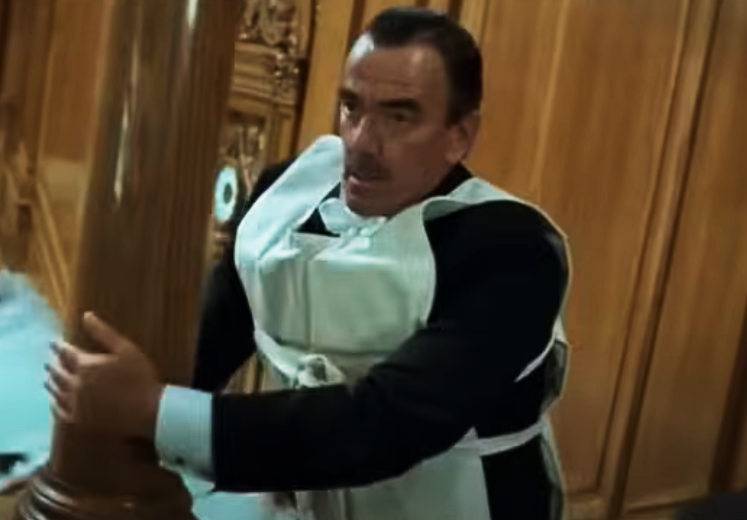 Twentieth Century, Titanic (1997)
Twentieth Century, Titanic (1997)
50. He Got The Broadway Treatment Too
In April 2012, 100 years after the sinking of the ship, a production of the Titanic Broadway musical debuted in Burlington, Vermont. Touchingly, the role of John Jacob Astor was played by none other than the man’s great-grandson, Gregory Todd Astor. It was a fitting tribute to a man who owed all his fortune in life to the great men that made his family.

